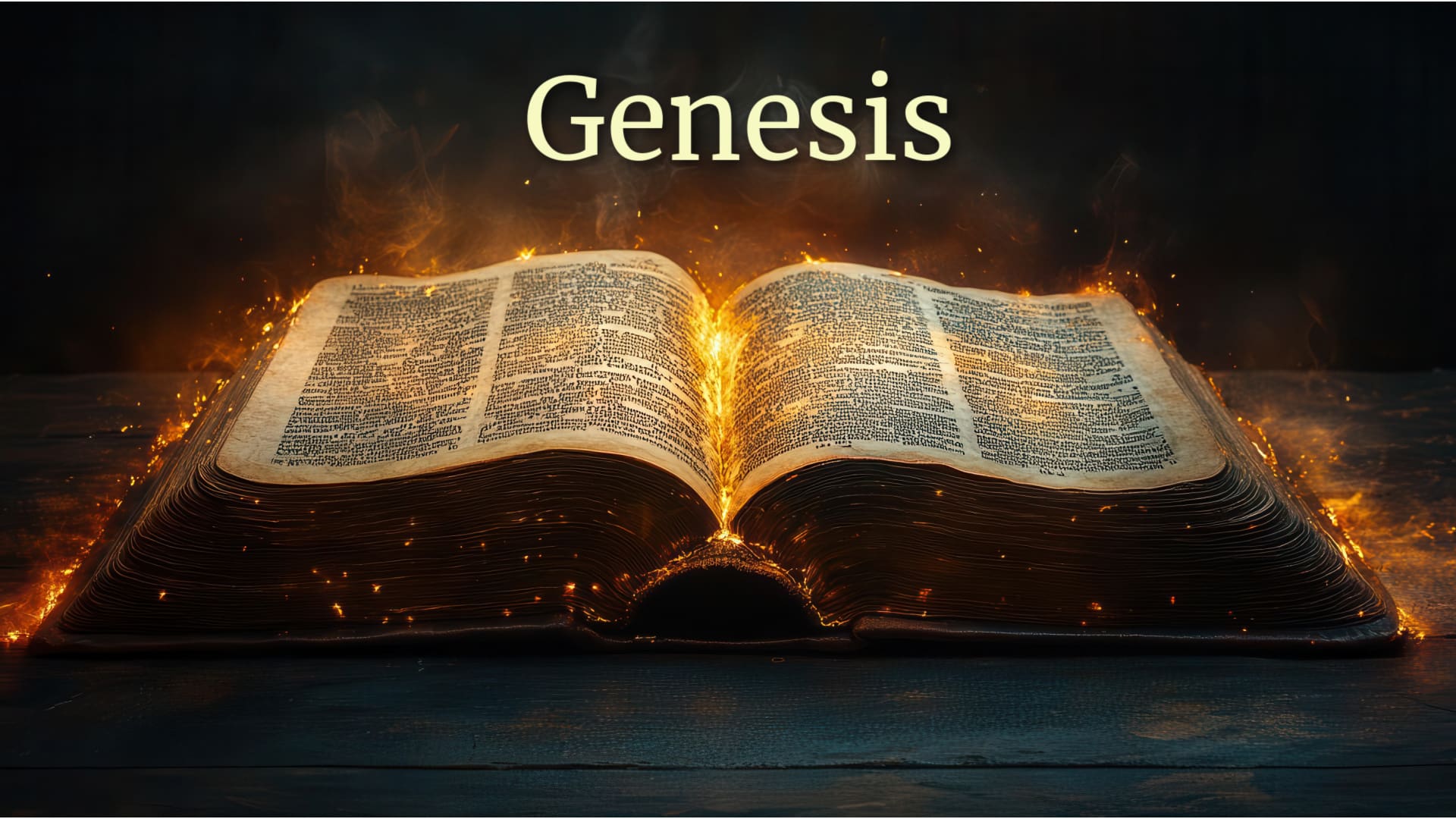
Genesis 1:3-5 Days One and Four (1:14-19)
And God said, “Let there be light,” and there was light…
“Let there be lights … and let them be for signs and seasons…”
We now turn our attention to light and darkness in days 1 (1:3-5) and 4 (1:14-19). Again, we are faced with the fact that darkness precedes the creative acts of this narrative. It is just there with no function at all. In fact, it has function only in reference to light. We might even argue that there may very well have been some source of light pre-existent to verse 3, because the emphasis in vv. 3-5 is not on the light per se, but on the separating of the light from the darkness creating something completely new, i.e. the day with an evening and a morning. Thus, “let there be light” could, in fact, be understood as a “period of light” rather than “light” itself, in contrast to a period of “darkness” called “night” (so Walton). Of course, “separating” light from darkness presents a scientific conundrum, not to mention the famous problem of how could there be “day” and “night” apart from the sun and moon. There is simply no way for our human minds to even comprehend such an existence.
I do not think that the text is asking us to try to comprehend such a “day” as the first day. Rather, the text is establishing the creation of something absolutely necessary for a functioning cosmos from an earthly human point of view, time! Time, of course, is vital for life, growth, change and movement within space. True, what time looked like without the sun and moon on the first day, we can never know. All we know for sure is that the first day establishes time as the fundamental building block of what is to become God’s great cosmic temple. Personally, I believe there is something analogous to time in the eternal, for we know that the idea of “age” evokes a quality of time that speaks of value (e.g. God as the “Ancient of Days”).
Day one establishes the concepts of “day” and “night,” “evening” and “morning,” out of which the idea of time emerges. Thus rudimentary form is imposed on the chaotic element of darkness, creating the context for the fourth day, where the final function of light and darkness is given to the celestial orbs. In contrast to our modern embarrassment and awkwardness in trying to defend the text that describes day and night before the creation of the sun and moon, we find rather that there is a grand cadence in the text when understood in the ancient cosmological context. Days one through three are concerned with laying the foundations upon which the functionaries of days four through six are built.
While day one is about giving form to the formlessness (Hebrew tōhû), its parallel day four is about filling the void (wābōhû) We will speak more about this day as we progress through the construction of this mighty cosmic temple. Here we will just say that God creates the celestial lights to function as “signs and seasons,” “days and years” (v. 14). The word translated here as “seasons” is from the Hebrew mȏ’ēd, which everywhere else in Scripture means liturgical festival. So we see that when speaking of time, it is not in the context of secular time as we understand it, but time in the specific context of worship.
This biblical perspective on creation which we are elaborating upon is very sophisticated taken on its own terms. The truth is that these dark moments of cosmic conception can never be wrung of its mystery. Scientific method cannot probe it completely because the human mind cannot grasp such gigantic processes. One must, if honest, kneel before the mystery. This is exactly what Genesis One is meant to do.
0 Comments